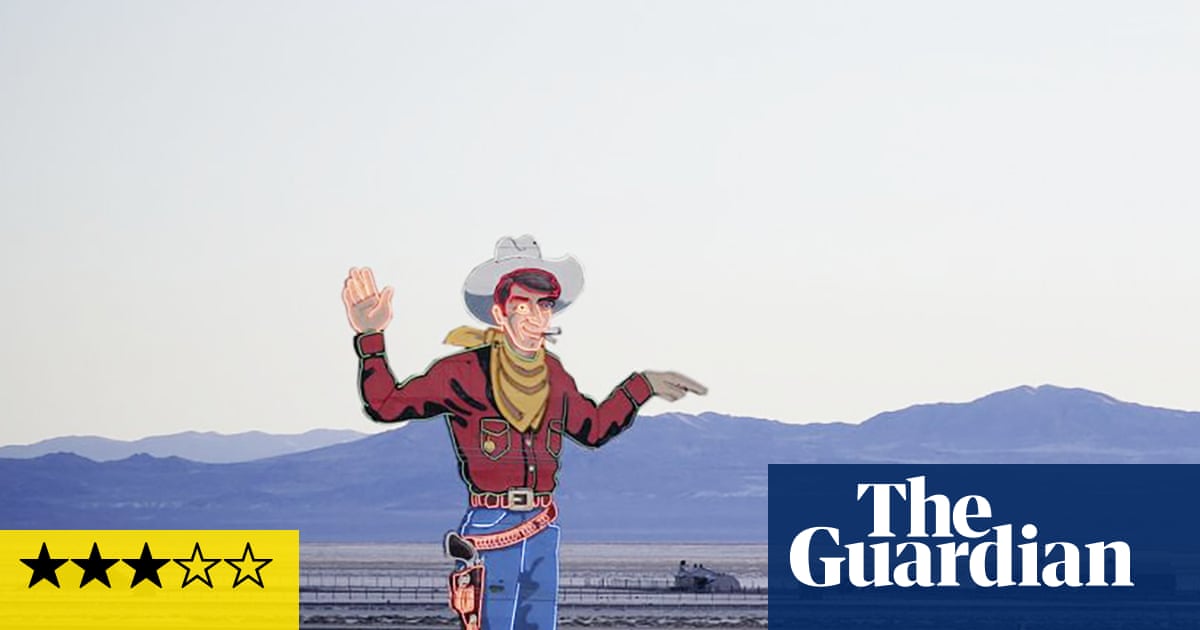
"The culmination of a seven-year research project, Lukas Marxt and Vanja Smiljanic's striking, exhaustive film examines the lasting impact of 20th-century military projects on the US landscape. The film begins at the former Wendover air force base in Utah, where fighter-bomber practice runs were held before the bombings of Hiroshima and Nagasaki in 1945. Moving through the corridors of a museum erected to commemorate the mission, the roving camera takes in various artefacts, including replicas of the two atomic bombs, Little Boy and Fat Man."
"The ecological devastation that surrounds the Salton Sea, a testing site for the Manhattan Project, tells a different story. What looks like sand is, in fact, the crushed remains of former vegetation and aquatic life. As water levels rapidly recede, toxic waste piles up, with hazardous health effects for local residents. Most poignantly, the film reminds us that this region is, first and foremost, Native American land; close by is the Torres Martinez desert,"
Beginning at the former Wendover air force base in Utah, the film records fighter-bomber practice runs linked to the 1945 bombings of Hiroshima and Nagasaki and surveys museum artefacts including replicas of Little Boy and Fat Man. Matter-of-fact narration circulates through monitors and speakers, creating an omnipresent eeriness and empty nostalgia. The Salton Sea reveals ecological devastation where receding waters expose crushed vegetation and aquatic life and accumulate toxic waste that endangers residents. The region is Native American land near the Torres Martinez desert, where the Cahuilla people were nearly wiped out by a settler-engineered smallpox epidemic. Testimonials and poetic shots intertwine, turning landscapes into depositories of oral histories about exploitation, loss, and Indigenous pain.
Read at www.theguardian.com
Unable to calculate read time
Collection
[
|
...
]